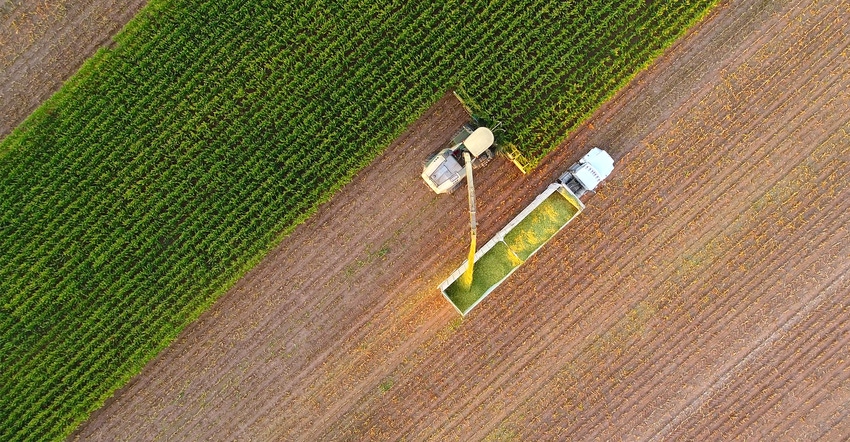November 14, 2019

Farmland values in the Seventh Federal Reserve District were down 1% from a year ago in the third quarter of 2019, according to the Federal Reserve Bank of Chicago AgLetter.
The Seventh Federal Reserve District includes Illinois, Indiana, Iowa, Michigan and Wisconsin.
Farmland values
Farmland values have been stable, with year-over-year changes staying within 1% over the past 12 quarters. However, there has been greater variation in Wisconsin, where farmland values dropped 2% year-over-year.
Values for 'good' agricultural land were 1% higher in the third quarter of 2019 as compared to the second quarter of 2019, according to the 170 district agricultural bankers who responded to the Oct. 1 survey. Although 76% of survey respondents expect the district's farmland values to be stable during the fourth quarter of 2019, there was a downward tilt to the expectations as only 6% of bankers anticipate an increase in values and 18% anticipate a decrease.
Credit conditions
Agricultural credit conditions in the third quarter were worse than a year earlier. For the July through September period, repayment rates on non-real estate farm loans was lower than a year earlier.
The average loan-to-deposit ration for the district edged down to 78.8% from 80.2% in the second quarter, which was an all-time high.
The index of loan repayment rates was 70 in the third quarter of 2019, as 2% of bankers observed higher rates of loan repayment than a year ago and 32% observed lower rates.
Renewals and extensions of non-real estate agricultural loans were higher in the third quarter of 2019 relative to the same quarter of 2018, with 30% of respondents reporting more of them and 1% reporting fewer. For six straight years, repayment rates for non-real estate farm loans have been lower each quarter relative to the same quarter a year earlier, while loan renewals and extensions have been higher.
Looking ahead
The majority, 76% of respondents, expected farmland values to be stable in the fourth quarter of 2019, 18% predicted them to decrease and 6% predicted them to increase. More respondents expect farmers to have weaker demand to acquire farmland. However, nonfarm investors are expected to have higher demand to acquire farmland. Survey respondents also expect more farmland transfers.
Download the AgLetter by clicking the download button below.
About the Author(s)
You May Also Like




